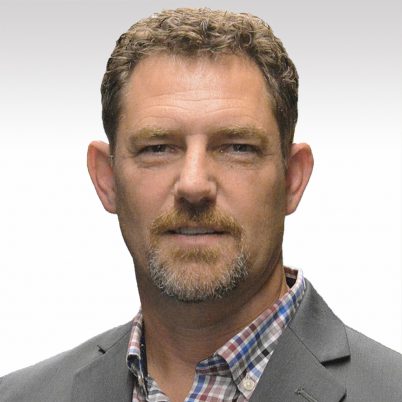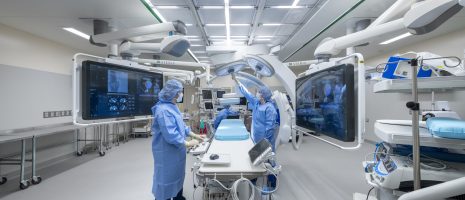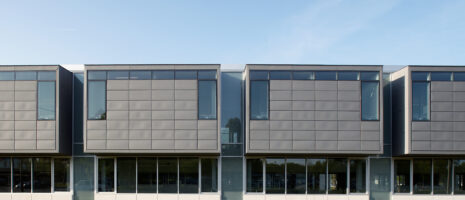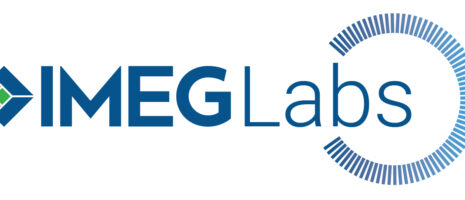Public engagement: The combine and the roundabout
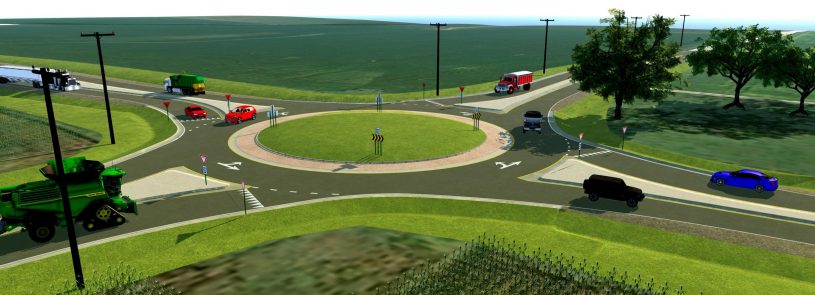
By Corey Stout
Getting the public on board is an important but often a tricky task for some of our transportation clients, especially with infrastructure and transportation projects that change the way motorists travel every day. Community members are often skeptical of the need for changes if they don’t understand the true scope of a project or can’t see how the resulting improvements will justify the inconvenience they may encounter during construction.
Public hearings provide a forum for the dissemination of this information and therefore are a critical component of transportation projects. Going far beyond the 2D drawings and plan sheets that were mainstays of the past, today’s most successful public hearings employ modern visualization tools that enable community members to more easily visualize and understand the proposed changes. IMEG’s civil engineers, for example, turn Google imagery into animated and rendered 3D images. This helps the public understand what the finished infrastructure will look like, how it will change their travel patterns, and how much private property it may affect.
As an example, we recently created a 3D rendering of a rural intersection with a high accident rate due to vehicles ignoring the two-way stop. The DOT wanted to introduce a roundabout to slow traffic down but keep it moving smoothly. Farmers, however, were concerned that large combines would not be able to maneuver through the roundabout. To allay their concerns and show them how the finished project would work, we created a 3D rendering and flyover video that showed a combine easily fitting within the footprint of the proposed roundabout.
Such presentations are simple for today’s civil engineers to create, and should be considered by any local, state, or federal highway agency seeking to educate and engage a community on a project. From my experience there is no better way to pique the public’s interest, help them truly understand a project, and get them behind the effort.








